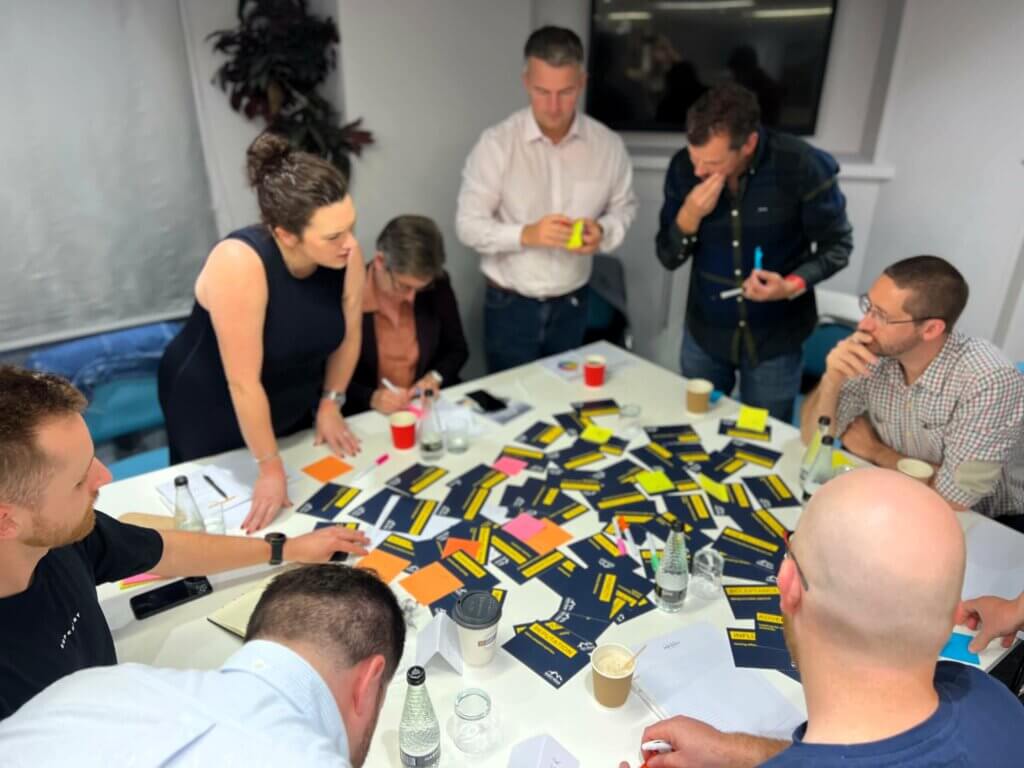Why Every Great Leader Needs a Failure Résumé: Fail Fast, Lead Strong
Failure is often seen as something to be avoided—a roadblock to success, a stain on our leadership credibility. But the reality? Failure is not the opposite of success; it’s part of it.
The world’s greatest leaders—whether in business, sports, or innovation—have one thing in common: they’ve failed, and they’ve failed often. What separates them from the rest is how they use failure as a tool for growth.
Enter the failure résumé—a leadership exercise designed not to dwell on mistakes but to document, analyze, and apply the lessons from them. While a traditional résumé highlights achievements, a failure résumé captures the risks taken, the setbacks experienced, and, most importantly, the insights gained.
Great leaders don’t just accept failure; they study it, own it, and leverage it to lead more effectively.
Reframing Failure: Why Every Leader Needs a Failure Résumé
Failure isn’t the problem—avoiding failure is. When leaders become too afraid to make mistakes, they stop taking risks, slow down innovation, and limit both their own and their team’s potential.
A failure résumé shifts the mindset from seeing failure as an endpoint to viewing it as a stepping stone to growth.
Why Every Leader Should Track Their Failures:
✅ Failure builds resilience – The ability to bounce back stronger is a defining trait of great leaders.
✅ It improves decision-making – Reflecting on past missteps sharpens leadership instincts and strategy.
✅ It fosters transparency – Leaders who share their failures create cultures where learning and innovation thrive.
✅ It prevents repeated mistakes – Understanding past failures helps leaders avoid falling into the same traps.
So, how do you create a failure résumé that actually improves your leadership?

How to Write a Failure Résumé That Strengthens Your Leadership
A failure résumé isn’t about self-criticism—it’s about extracting value from every misstep. Think of it as a strategic tool to refine your leadership approach.
Step 1: Identify Key Failures
Start by listing situations where things didn’t go as planned. Look for patterns in:
- A project that fell apart or didn’t meet expectations
- A leadership decision that had unintended consequences
- A risk that didn’t pay off
- A miscommunication that led to conflict or delays
- A moment where inaction led to missed opportunities
💡 Example:
“I hired someone based on technical skills alone, without considering cultural fit. Within six months, the misalignment caused friction across the team, leading to decreased morale and performance.”
Step 2: Extract the Lesson
Once you’ve identified key failures, analyze what each one taught you.
💡 Example:
“I learned that hiring isn’t just about skills—it’s about alignment with values, team dynamics, and long-term vision. Now, I prioritize emotional intelligence and cultural fit just as much as expertise.”
Step 3: Apply the Learning
A failure résumé isn’t just about recognizing past mistakes—it’s about actively applying those lessons to improve future decision-making.
💡 Example:
“Since that experience, I’ve revamped our hiring process to include culture-based interview questions and cross-team involvement, leading to stronger, more cohesive hires.”
Your failure résumé should be a living document—something you revisit regularly to ensure you’re evolving as a leader.
How Great Leaders Turn Failure into a Competitive Advantage
The best leaders don’t just recover from failure—they leverage it.
🚀 They Fail Fast, Learn Fast
High-performing leaders don’t dwell on setbacks. They analyze, adapt, and move forward.
🔹 Elon Musk: SpaceX faced multiple failed rocket launches, but each failure led to refinements that ultimately revolutionized commercial space travel.
📖 They Share Their Failures Openly
Instead of pretending to be perfect, great leaders normalize failure within their teams.
🔹 Brené Brown: Her research on vulnerability highlights how embracing setbacks creates stronger, more innovative teams.
🛠 They Use Failure as a Leadership Development Tool
They teach their teams to experiment, take calculated risks, and embrace setbacks as learning opportunities.
🔹 Jeff Bezos: Amazon’s Fire Phone was a commercial disaster, but the lessons from that failure led to the development of the massively successful Amazon Echo and Alexa.
The difference between average leaders and exceptional ones isn’t the number of failures—it’s what they do with them.
Building a Culture Where Failure Drives Innovation
If you want your team to be agile, forward-thinking, and resilient, failure needs to be seen as a natural part of success.
How to Create a Culture That Encourages Smart Failure:
✅ Encourage calculated risk-taking – Reward experimentation, not just results.
✅ Run post-mortems on failures – Evaluate what went wrong without blame.
✅ Celebrate lessons learned – Recognize progress, even when the outcome wasn’t a win.
✅ Lead by example – Share your own failure résumé to inspire transparency.
💡 Ask Yourself:
👉 What failure has shaped your leadership the most?
👉 How has a past mistake improved the way you lead today?

Final Thoughts: Success Is Built on a Foundation of Failures
Your most valuable leadership lessons won’t come from what went right—they’ll come from the challenges you overcame.
📌 Own your failures. Learn from them. Grow because of them.
The best leaders don’t fear failure—they fail fast, learn fast, and lead strong.
So, take a moment to reflect:
What’s on your failure résumé?
Subscribe to our Podcast
Hosted by our very own Ben Stocken and Benjamin Wade our ‘How They Lead’ podcast aims to evolve the way people perform in leadership roles by showcasing a variety of high performance interviews with people from Patrick Kershaw from The RAF Red Arrows to CEO’s like Steve Phillips who help large brands like Pepsi, Mars and Unilever.
Get one step ahead – Click below to subscribe.










